The court testifies Genaro Garcia Luna in Brooklyn, New York, caused surprise and annoyance with their testimony against a man who led the drug war in Mexico, accused of collaborating with the cartels he was supposed to fight.
But after the United States Attorney’s Office finished presenting its evidence and the defense called its only witness on Tuesday, the outcome of the trial looms as a decisive question for the jury: Have the charges against Garcia Luna been proven beyond a reasonable doubt?
To reach a unanimous verdict, as required, 12 jurors – ordinary people elected in the city – must balance the strengths and weaknesses of the prosecution. And they probably have stock to put on both plates.
Strengths
Much of the support for prosecutors’ charges against Garcia Luna, including conspiracy to drug trafficking and organized crime, comes from the witnesses presented at the trial, both because of their diversity and what they said.
Passed through the Brooklyn courtroom from drug dealers who are imprisoned in the United States and are cooperating with the government in the hope of commuting their own sentence, even the police on both sides of the border.
Various sections of each of these testimonies match up like pieces of Tetris with other witnesses’ testimonies to form a picture that prosecutors believe exposes the crimes committed by the defendant.
One of the last and most important witnesses was Jesus “King” Zambadawho on Monday assured that in 2006, when García Luna was in charge of the Federal Investigation Agency (AFI) and was about to become Mexico’s Minister of Public Security, paid him two bribes totaling $5 million. so the Sinaloa cartel, of which he was a part, had government protection.
Brother’s Testimony Ismael “El Mayo” Zambadacartel leader, had a few details.
For example, he said he filled a gym bag and briefcase with the first $3 million bribe that a cartel lawyer gave to Garcia Luna on the second floor of a trendy Mexico City restaurant called the Champs Elysées, near the Mexican embassy.
This establishment, which specializes in French cuisine and which, according to Zambada, cooked delicious pigs at the end of the year, was mentioned earlier in the trial of the Miguel Madrigalagent of the US Drug Enforcement Agency as a site where drug traffickers allegedly bribe members of the Mexican government.
The king also said that he personally controlled Cartel activity at Mexico City Airportwhere police officers cooperated with the transfer of drugs.
This matches up with the account of Raúl Arellano, a former Mexican police officer who previously testified about how cargoes of drugs and money passed through the same air terminal with a code sent over the radio that momentarily froze the activities of the control agents under the command of Garcia Luna. .

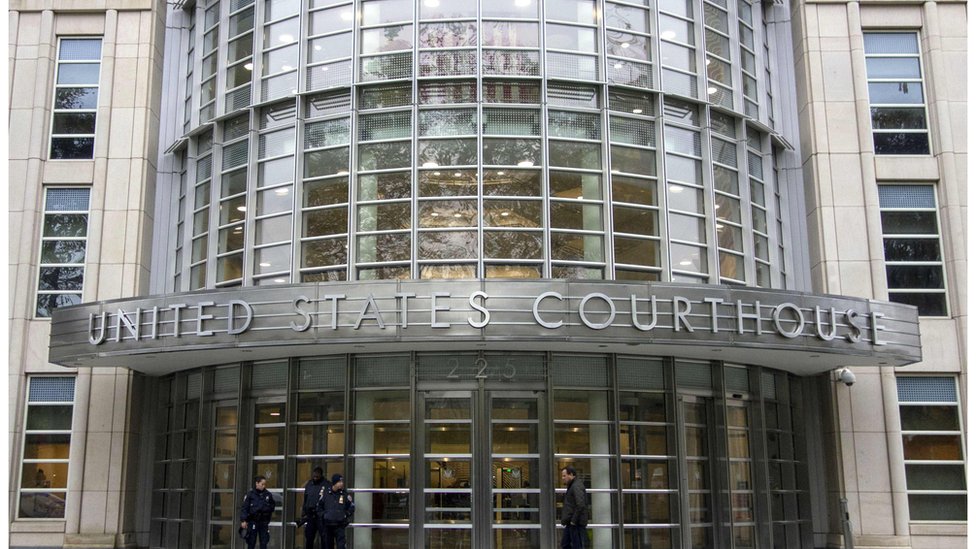

Zambada, who served a 12-year US prison sentence and was released under supervision after testifying in the trial of a cartel boss Joaquin “El Chapo” Guzman in 2018, he also said that after Garcia Luna’s first bribe, he was informed that he A a similar agreement with another drug lord, Arturo Beltrán Leyva.
This is consistent with what the first of the witnesses called by the prosecution stated, Sergio Villarreal — also known as “El Grande” because of his two-meter height — who said he had witnessed the millionaire’s bribes that Beltrán Leyva delivered to Garcia Luna to protect his business.
El Grande reported that thanks to these arrangements, they were able to smuggle drugs into the United States and even return a shipment of 20 tons of cocaine which was captured in the port of Manzanillo.
How do they do it? By exchanging the seized drugs at the same port for bricks specially made from flour and sugar to make them look like cocaine.
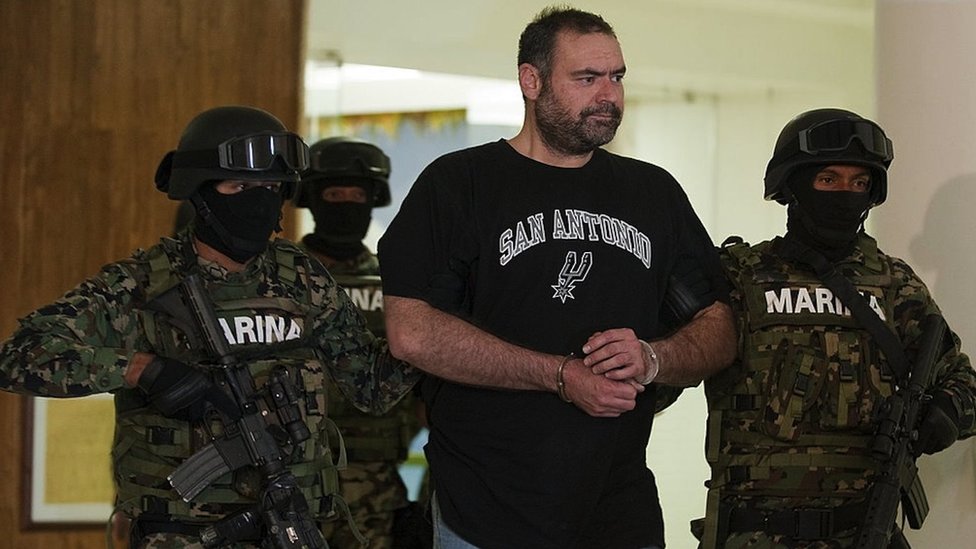
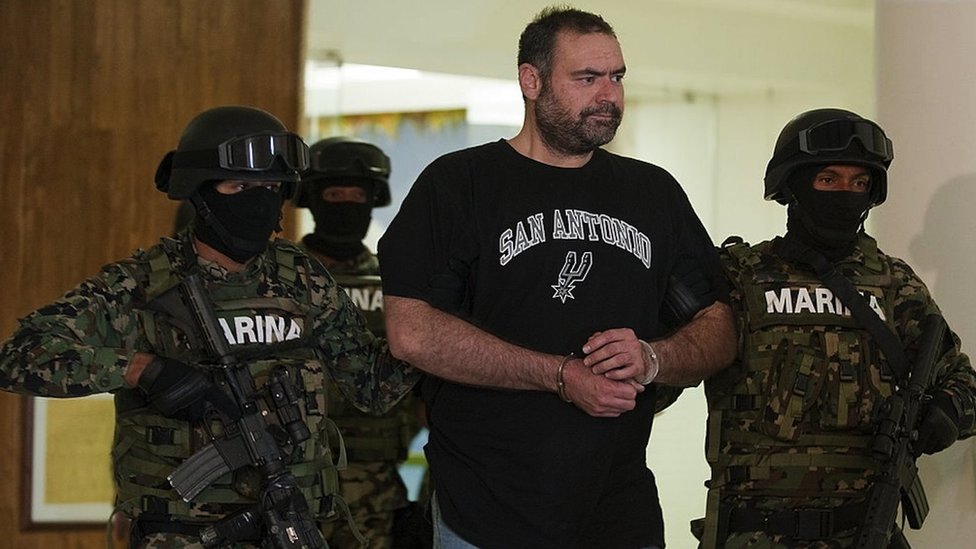

Villarreal also claimed that Beltrán Leyva once kidnapped Garcia Luna to show him that “nothing is impossible” in the midst of an internal war between the cartel, which pitted him against the “El Chapo” and “El Mayo” factions. .
Cartel accountant Israel Ávila and a Colombian drug trafficker also testified separately about this kidnapping of Garcia Luna. Harold Mauricio Poveda, known as “El Conejo”. because he labeled his drug with the Playboy symbol.
From the podium, Poveda seemed moved when prosecutors showed photos of his old mansion in Mexico, where he had a zoo with tigers, lions, a hippopotamus and Perico the cat.
Weak points
However, in accusing Garcia Luna less physical evidence So blunt How reviews.
At the end of their presentation on Tuesday, prosecutors showed jurors images of Garcia Luna’s house in Mexico, a sports car and two Harley Davidsons (El Grande said that Beltrán Leyva gave the then-official a motorcycle of this brand), as well as data from your financial statements in the country.
But in court no evidence was presented, such as recorded calls or intercepted messages committing by the defendant any of the crimes attributed to him.
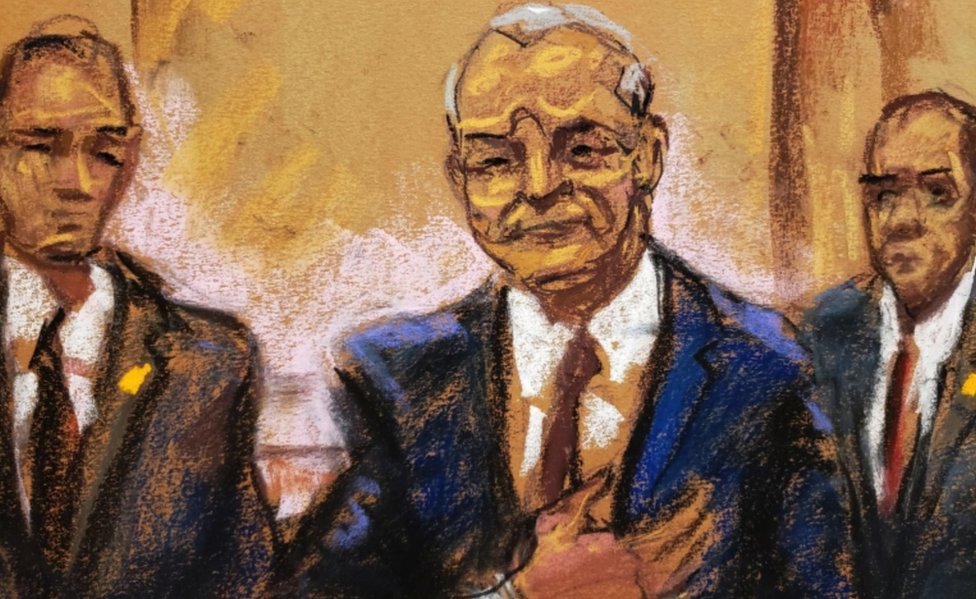


This type of evidence was essential to sentencing “El Chapo” to life imprisonment in the same New York court now hearing Garcia Luna’s case, and with the same chief justice, Brian Cogan.
Eduardo Balareso, one of El Chapo’s lawyers at the trial, recently pointed out that while cases like this with varying testimony against the defendants are difficult for the defence, the lack of physical evidence can make it difficult for prosecutors.
“I think usually in any criminal trial, the jury wants to see something that confirms what the cooperators (witnesses) are saying,” Balarezo told BBC Mundo during Garcia Luna’s trial.
Garcia Luna’s defense, led by lawyer Cesar de Castro, argued from the very beginning of the process that there was no physical evidence in the prosecution.
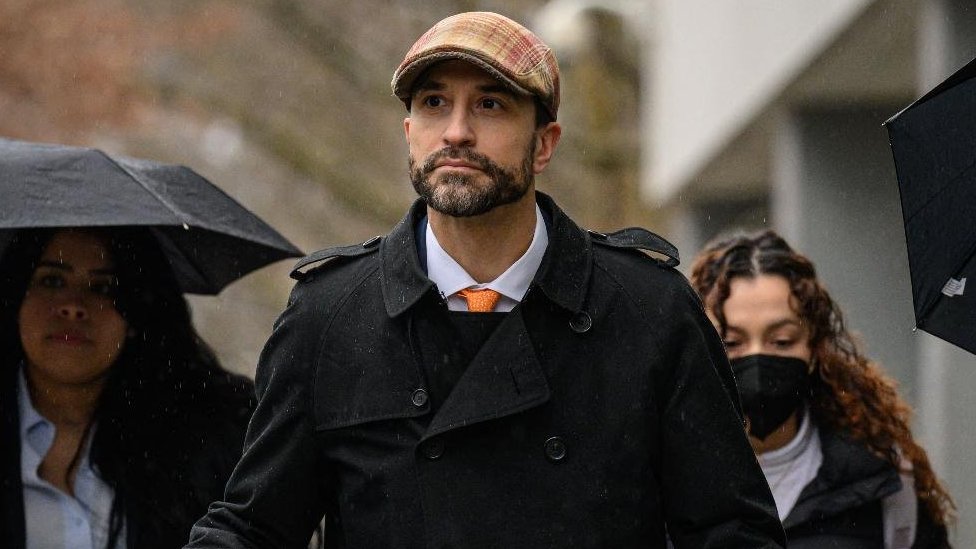


That is why he tried to undermine the credibility of the cooperating witnesses by presenting them as former criminals, ready to say whatever the prosecutor’s office wants in order to commute their sentences, get US visas, or avenge Garcia Luna for their arrest.
In cross-examination of Zambada this week, de Castro told him that in his first meetings with U.S. prosecutors since his extradition from Mexico in 2012, Mr. did not mention Garcia Lunaand did so the following year.
El Rey responded that it was difficult for him to talk about someone so significant, and when de Castro pressed for alleged deviations in his allegations of bribery, he became defensive: “I don’t record,” he said.
Finding apparent inconsistencies in witness testimony was a defense strategy throughout the trial.
He had done this earlier with another witness, a former drug dealer. Oscar Nava Valencia aka The Wolf.indicating that he avoided pointing to Garcia Luna in previous statements to US authorities.
El Lobo gave an explanation similar to Zambada’s.

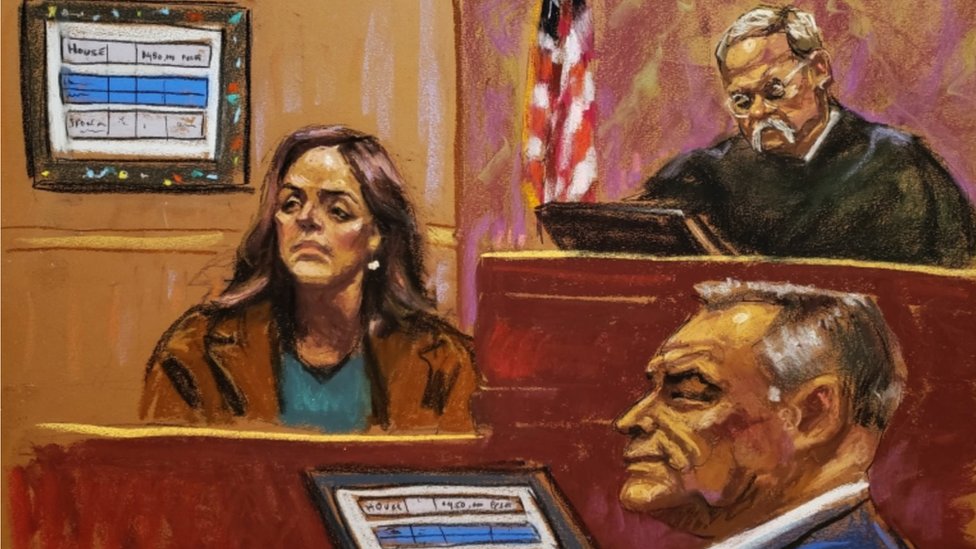

On the other hand, the prosecution was limited by the decision of Judge Kogan, who, at the request of the defense, prevented the court from discussing the luxurious life that Garcia Luna would have led since 2012, after completing public service and moving to Miami as a private security consultant. considering that this exceeds the time limit for the consideration of the case.
The only witness presented by Garcia Luna’s defense was his wife, Linda Cristina Pereira, who on Tuesday attributed the increase in the family’s wealth to their work income and business (she showed a bill for two Harley Davidson motorcycles from her property).
Final arguments from both sides are expected this Wednesday before jurors continue deliberating whether Garcia is guilty, which could lead to a sentence of 10 years to life in prison.
Then it will be known who the scales of justice will lean on in this case, in which the highest-ranking former Mexican official in the United States is on trial.
remember, that you may receive notifications from BBC News World. Download our app and activate them so you don’t miss out on our best content.
Source: La Opinion
Alfred Hart is an accomplished journalist known for his expert analysis and commentary on global affairs. He currently works as a writer at 24 news breaker, where he provides readers with in-depth coverage of the most pressing issues affecting the world today. With a keen insight and a deep understanding of international politics and economics, Alfred’s writing is a must-read for anyone seeking a deeper understanding of the world we live in.
